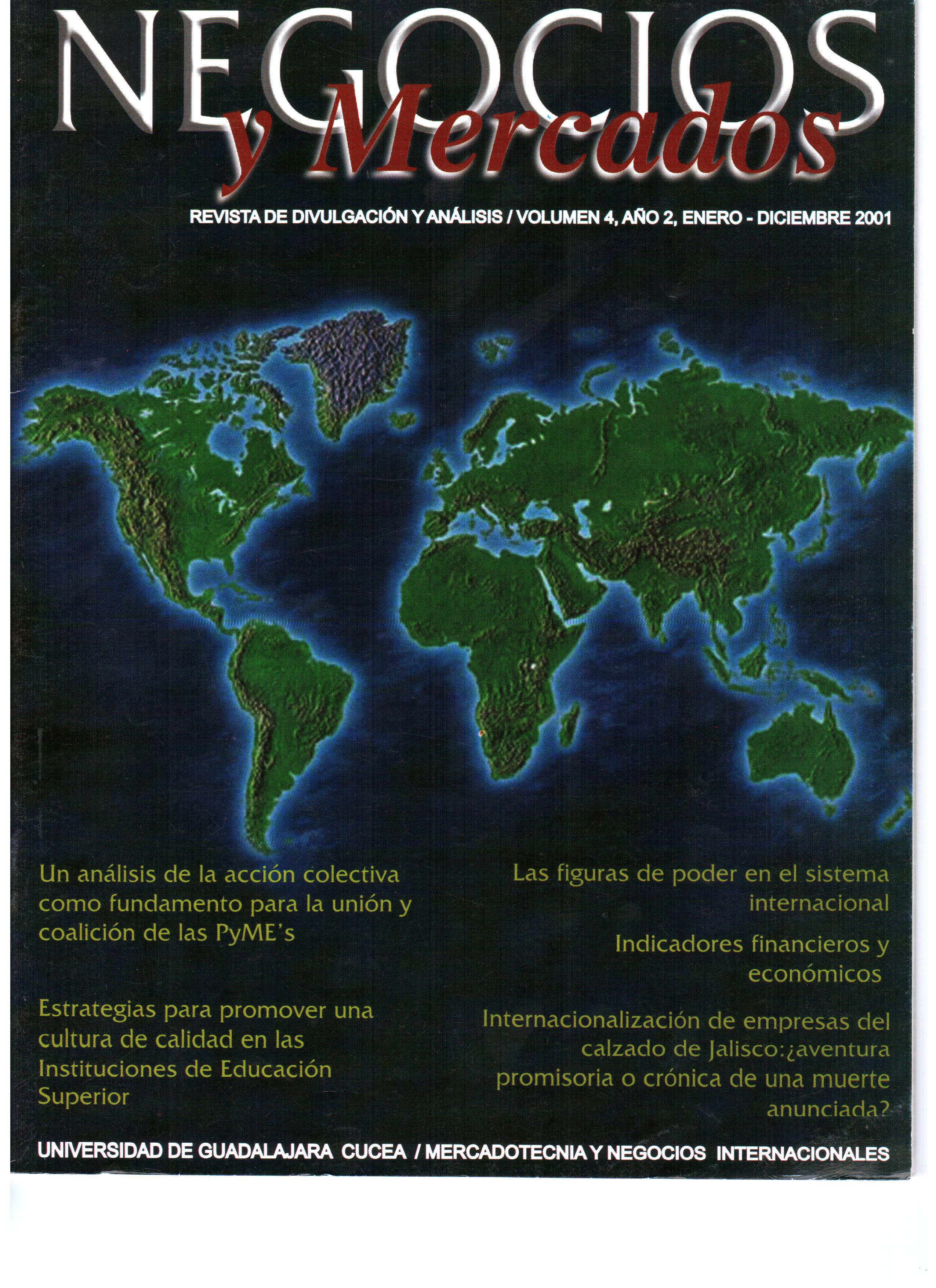Estrategias para promover una cultura de calidad en las instituciones de educación superior
DOI:
https://doi.org/10.32870/myn.v0i4.4927Abstract
El presente trabajo realiza una reflexión y análisis de las consideraciones para generar estrategias que fomenten una cultura de calidad en las IES. Así mismo evaluar las políticas de la Educación Superior en México y sus resultados, señalando la falta de estandarización de criterios y políticas en las mismas y la falta de aceptación de instituciones reguladoras al respecto, retomando el concepto de “acreditación”.References
Atkinson, T. (1990). Evaluating Quality Circles in a College of Further Education. Manchester Monographs 31. Haigh & Hochland Ltd., Precinct Centre, Oxford Road, Manchester M13 9QA, England, United Kingdom..
Atkinson, P. (1991). Leadership, total quality and cultural change. Management Services, 35(6), 16-19.
Baird, J. R. (1988). Quality: What Should Make Higher Education ‘Higher'?. Higher Education Research and Development, 7(2), 141-152.
Bank, J. (1992). The essence of total quality management. Prentice Hall.
Barnett, R. A. (1988). Institutions of Higher Education: purposes and ‘performance indicators’. Oxford Review of Education, 14(1), 97-112.
Barnett, R. (1992). Improving Higher Education: Total Quality Care. Open University Press, 1900 Frost Rd., Suite 101, Bristol, PA 19007.
Biehl, R. E. (2000). Customer-supplier analysis in educational change. Quality Management Journal, 7(2), 22-39.
Cryer, P. (1993). Preparing for quality assessment and audit. Sheffield: Committee of Vice-Chancellors and Principal. England.
Darling, J. R. (1992). Total quality management: The key role of leadership strategies. Leadership & Organization Development Journal, 13(4), 3-7.
Detert, J. R., & Jenni, R. (2000). An instrument for measuring quality practices in education. Quality Management Journal, 7(3).
Drucker, P. F., & Drucker, P. (1999). Los desafíos de la administración en el siglo XXI (No. 658). Sudamericana,.
Ellis, R. (1993). Quality Assurance for University Teaching.
Fiekers, T., Dale, B. G., Littler, D. A., & Voss, W. (2000). Benchmarking the postgraduate admission process. Quality Management Journal, 7(4), 45-58.
Fuller, T. (1989). The voice of liberal learning. New Haven: Yale University Press.
Harvey, L., & Green, D. (1993). Defining quality. Assessment & evaluation in higher education, 18(1), 9-34.
Hill, F. M., & Taylor, W. A. (1991). Total quality management in higher education. International Journal of Educational Management, 5(5).
Jacobs, F. R. (1999). Engaging students in the classroom by using internet tools. Quality Management Journal, 6, 24-33.
Montano, C. B., & Utter, G. H. (1999). Total quality management in higher education. Quality progress, 32(8), 52.
Oliver, N. (1993). Quality, costs and changing strategies of control in universities in the UK. Journal of Educational Administration, 31(1).
Pirsig, R. M. (1999). Zen and the art of motorcycle maintenance: An inquiry into values. Random House.
Pollitt, C. (1992). Considering quality: An analytic guide to the literature on quality and standards in the public services.
Senge, P. M. (2000). La danza del cambio. Editorial Norma.
Sheehy, L. E. (1991). Leadership for co-teaching: A distributed perspective (Doctoral dissertation, Virginia Polytechnic Institute and State University).
Downloads
Published
How to Cite
Issue
Section
License
Mercados y Negocios by Department of Mercadotecnia y Negocios Internacionales. University of Guadalajara is licensed under a License Creative Commons Attribution-NonCommercial 4.0 International.
The author retains the copyright.








